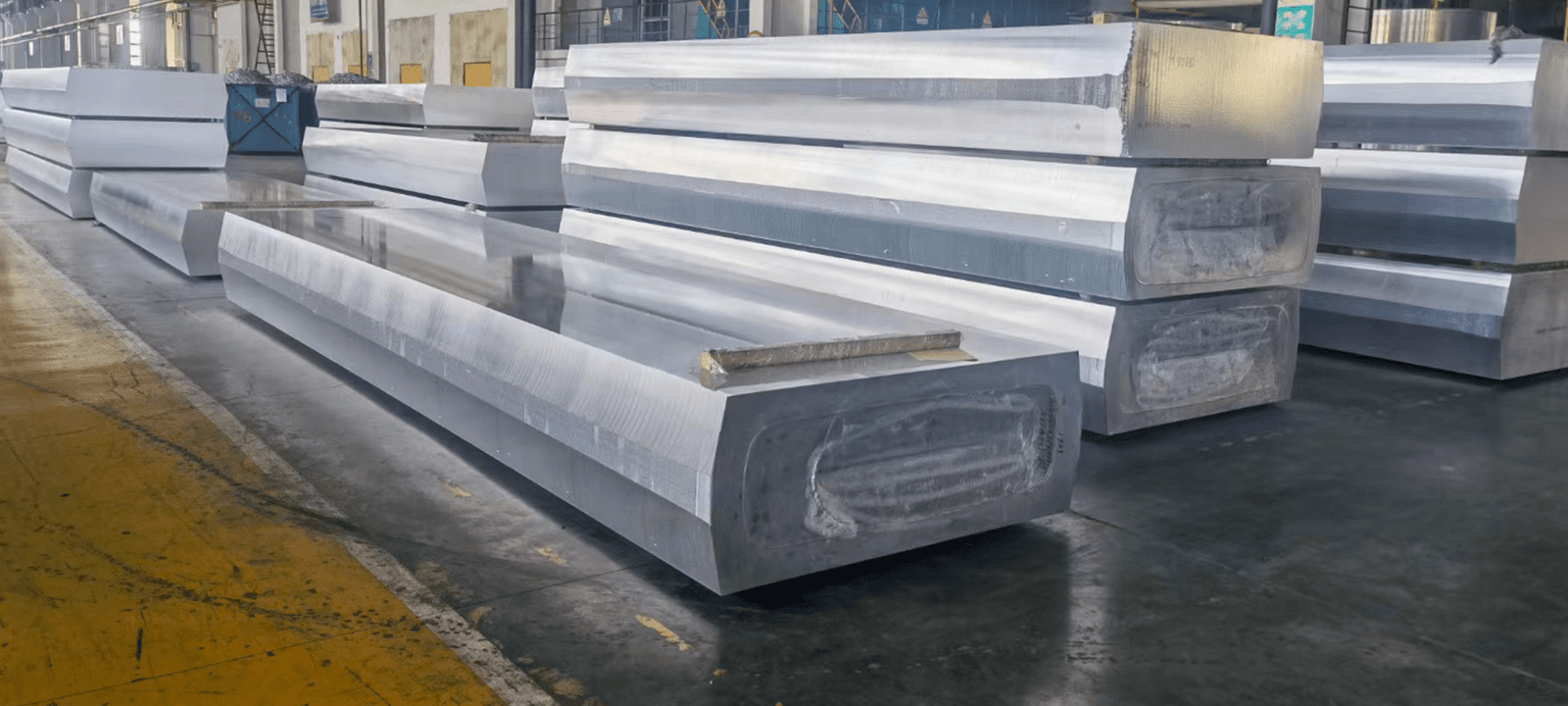BUY STAINLESS PRODUCTS IN SHAPES
Distributors of high-quality stainless steel in plate, sheet, bar (flat, round, hex, square), pipe, tube (square, rectangular), beam, angle, channel, and diamond plate. As professional stainless steel suppliers, we are offering the widest variety of high-quality products and perfect services.

Stainless steel coil

Plate & sheet

Pipe & tube

Stainless steel bar

Stainless steel angle

Thead/diamond plate
What is stainless steel
Stainless steel is the abbreviation of stainless and acid-resistant steel. Stainless steel is a kind of ferrous alloy, and commonly its alloy components include chromium (at least 10.5% or 11%), nickel, molybdenum, manganese, tungsten, etc.
This kind of alloy is not easy to corrode and rust like ordinary steel such as alloy steel and carbon steel.
In general, the hardness of stainless steel is excellent than that of aluminum alloy, and the cost of stainless steel is higher than that of aluminum alloy.

The corrosion resistance of stainless steel
Due to the difference in chemical composition, their corrosion resistance is a bigger difference.
Ordinary stainless steel is generally not resistant to corrosion from chemical mediums, while acid-resistant steel is generally non-corrosive. The term “stainless steel” not only refers to a single type but also refers to more than one hundred industrial stainless steel. In addition, different stainless steels have excellent performance for their specific application field. That is the reason why you should know the purpose before choosing the correct steel grade.
There are usually six types of stainless steel related to building construction. They all include 17-22% chromium element, and better steel grades also contain nickel elements. The molybdenum can further improve atmospheric corrosion, especially the corrosion resistance of the chloride-containing atmosphere.
Stainless steel families
Five main stainless steel are classified by their completely different crystalline structure.
#1 Austenitic stainless steel
Austenitic stainless steel has the feature of an austenitic structure at normal temperature. Whether it is low temperature or melting point, the austenite structure can be maintained. Therefore, this stainless steel cannot be hardened by heat treatment.
Austenitic stainless steel can be divided into 200 series, and 300 series. The popular grade is type 201, type 202, type 304/304L (also known as 18/8 and 18/10), type 316/type 316L.
#2 Ferritic stainless steels
The microstructure of ferritic stainless steel (400 series such as type 409, type 430, etc.) is similar to that of carbon steel. This stainless steel contains 10.5% to 27% chromium (an element that stainless steel is particularly resistant to corrosion) and little or no nickel. Among them, iron is also the main element, so ferritic stainless steel is magnetic.
This steel has the features of excellent thermal conductivity, micro expansion coefficient, perfect oxidation resistance, and excellent stress corrosion resistance. In many application fields where only austenitic stainless steel (300 series) was originally thought to be used, ferritic stainless steel is excellent alternative material.
#3 Martensitic stainless steels
Martensitic stainless steel is cann be hardened after heat treatment. Due to the low content of chromium, it is not as resistant to corrosion as ferritic and austenitic stainless steels, but it still has a wide range of characteristics.
Standard martensitic stainless steels are: 410, 414, 416, 416(Se), 420, 431, 440A, 440B and 440C. They're magnetic and the corrosion resistance of these steels comes from the element of "chromium", which includes from 11.5 to 18%.
#4 Duplex stainless steel
Duplex Stainless Steel (DSS) has the characteristics of both austenitic and ferritic stainless steels, and ferrite and austenite each for about 50%, but the ratio of commercial alloys may be 40:60.
Compared with austenitic stainless steel, it has better yield strength and resistance to chloride stress corrosion cracking.
#5 Precipitation hardening stainless steel
Precipitation hardening stainless steel is a special kind of stainless steel. Refers to the addition of single or composite hardening elements on the basis of the chemical composition of stainless steel, so that it can contain high strength, high toughness, and high corrosion resistance.
The main types of precipitation hardening stainless steels include Martensitic 17-4 PH (AISI 630 EN 1.4542), Semi-austenitic 17-7PH (AISI 631 EN 1.4568), and austenitic A286 (ASTM 660 EN 1.4980).
Stainless steel finishes
Select your desired mill finish for stainless steel to meet the requirements of certain applications.
No. 2B: Matte finish and smooth surface, cold rolled, pickled, heat-treated, and skin passed.
No. 2D: Smooth surface, cold-rolled, heat-treated, annealed, pickled, and passivated.
No. 4: Brushed finish or dull polished. Brush grade, polishing can be specified. Not very reflective
No.8 – Mirror finish or bright polished.Non-directional finish, reflective with image clarity.
No. 1: Hot-rolled, pickled, annealed & passivated, heat-treated, rough surface without milling scale.










